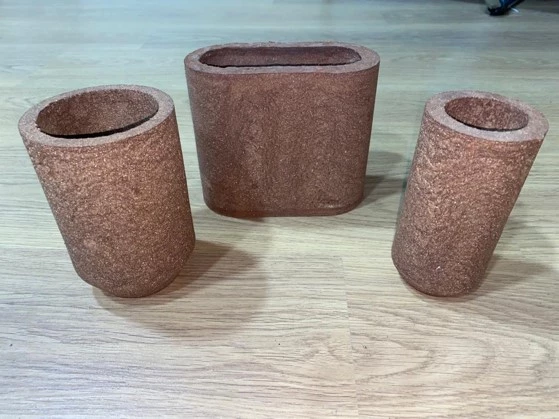
Quality
GRAIN RECONSTRUCTION AND MICROSTRUCTURE
While degassing is applied to the molten liquid metal, it is achieved by adding some titanium boron and strontium. Thus, the castability, strength, impermeability and casting quality of the alloy are increased by providing a significant reduction in the cast grain structure. TI-BOR (AL5Tİ1B) AL-SR (ALSR15) rods are used.
High-strength materials such as E171(alsi10mg) E177(alsi7mg0.3) are used in the parts where sealing is required, and the sealing quality is increased by degassing and grain refinement.


HARDNESS MEASUREMENT TEST
It is the hardness values measured by using the depth of the trace formed by a cone or spherical tip on a material under a certain load.

TIGHTNESS TEST
Most of the aluminum casting parts produced in our factory consist of leakproof and pressure resistant parts. For this reason, underwater tightness test can be performed on the products we produce, upon the request of our customers.
(NOTE: Upon the request of our customers, these mechanical tests can be obtained from the izmir tse laboratory.)

EXOTHERMIC
Feeder liners are one of the most common casting auxiliary materials that increase the mold efficiency by extending the solidification time of the feeder metal. After the liquid metal fills the mold and solidification begins, the task of the feeders begins. The aim of the feeder designs is that the feeder solidifies last and can deliver the liquid metal in it to all parts of the casting part within the impact area until it solidifies.
